Essential Training Tips for Your Juvenile Lutino Cockatiel
Equip yourself with essential training tips for your juvenile Lutino Cockatiel, fostering a bond of trust and mutual understanding
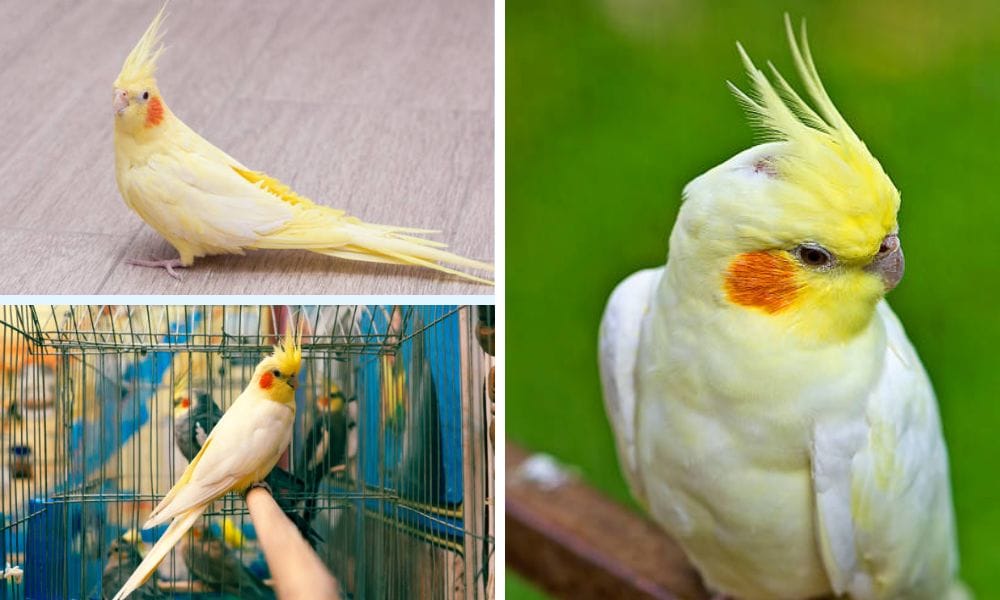
Key Takeaways:
- Understand the unique characteristics of lutino cockatiels to tailor your training approach.
- Learn the importance of consistency and patience in training your juvenile lutino cockatiel.
- Discover the best practices for creating a stimulating environment for your lutino cockatiel's learning and development.
Cockatiels are among the most cherished pet birds in the aviculture world, and the lutino cockatiel, with its striking white plumage and red eyes, is a particularly captivating variety. If you're a first-time bird owner of a juvenile lutino cockatiel, you're in for a delightful journey. These birds are not only beautiful but also intelligent and inquisitive, making them excellent companions. Training your lutino cockatiel is essential for a harmonious relationship and to ensure your pet is healthy, happy, and well-adjusted. Here are some essential training tips to help you along the way.
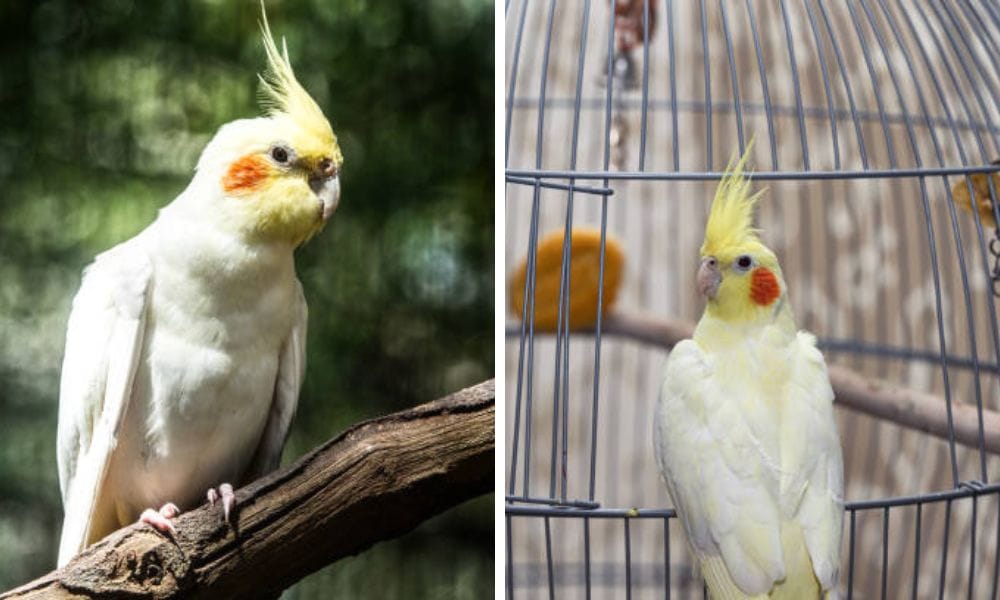
Understanding Your Lutino Cockatiel
The lutino mutation is a second cockatiel mutation that results in a lack of grey or black pigmentation, giving these birds their distinctive yellow and white feathers. This mutation can also lead to the red eyes seen in albino variations. It's important to note that the lutino gene is different from albinism, although the visual cues can be quite similar. Male lutino cockatiels tend to have brighter yellow coloring and are more likely to talk and whistle. Recognizing these traits can help you tailor your training to your bird's specific needs.
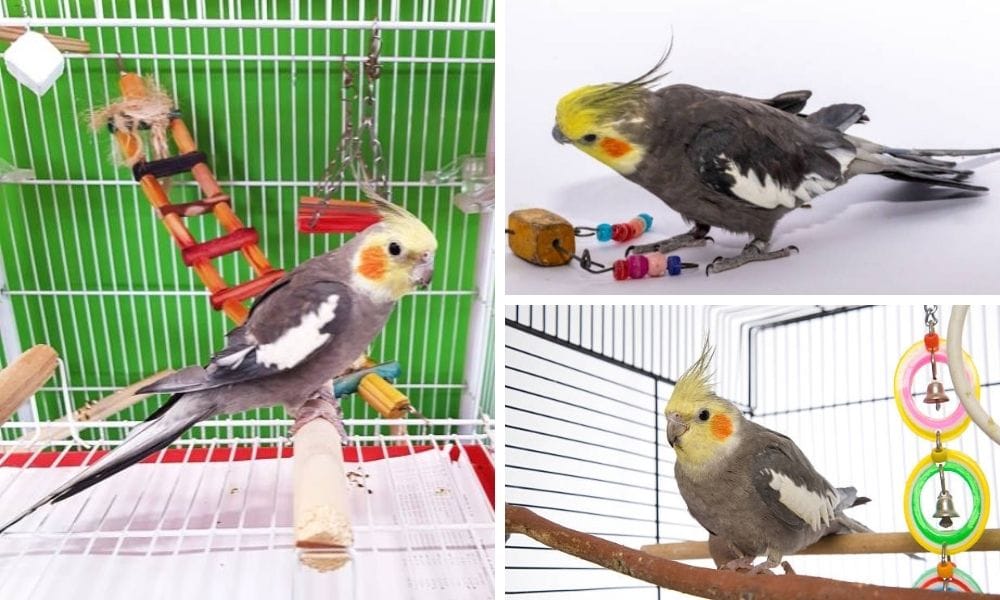
When training your lutino cockatiel, it's crucial to understand that these birds, like other parrots, are social creatures. They thrive on interaction and are keen to engage with their owners. Their inquisitive nature makes them quick learners, but they also require mental stimulation to prevent boredom. Providing toys, such as bells and chewable items, can keep them entertained and facilitate the training process.
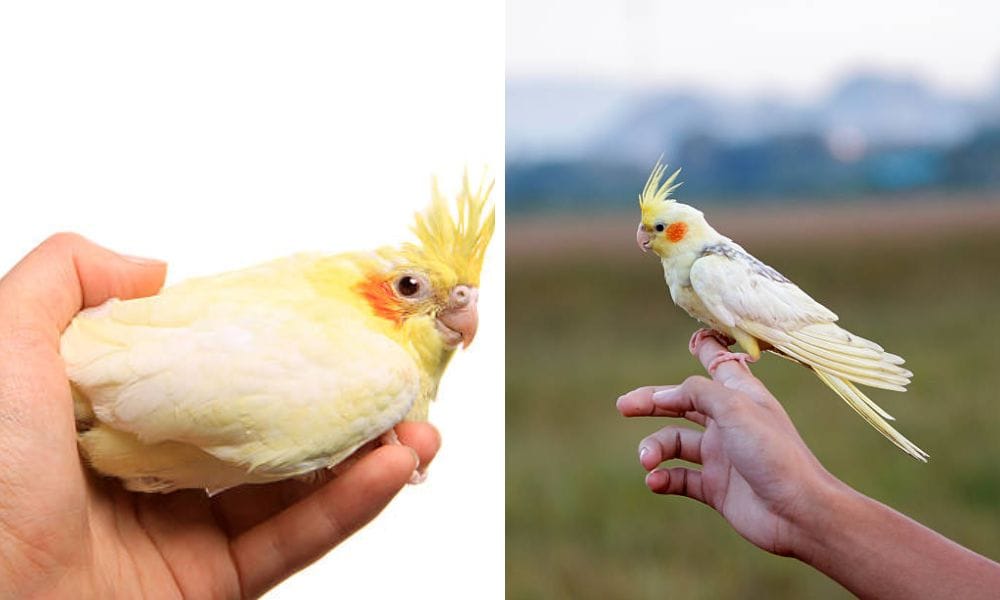
Creating a Positive Training Environment
Training your lutino cockatiel starts with creating a safe and comfortable environment. The cage should be spacious enough for your bird to spread its wings and move around freely. It should also be equipped with perches at different levels, as well as a variety of toys to encourage play and exploration. Regularly introducing new toys and rotating them can keep your cockatiel interested and engaged.
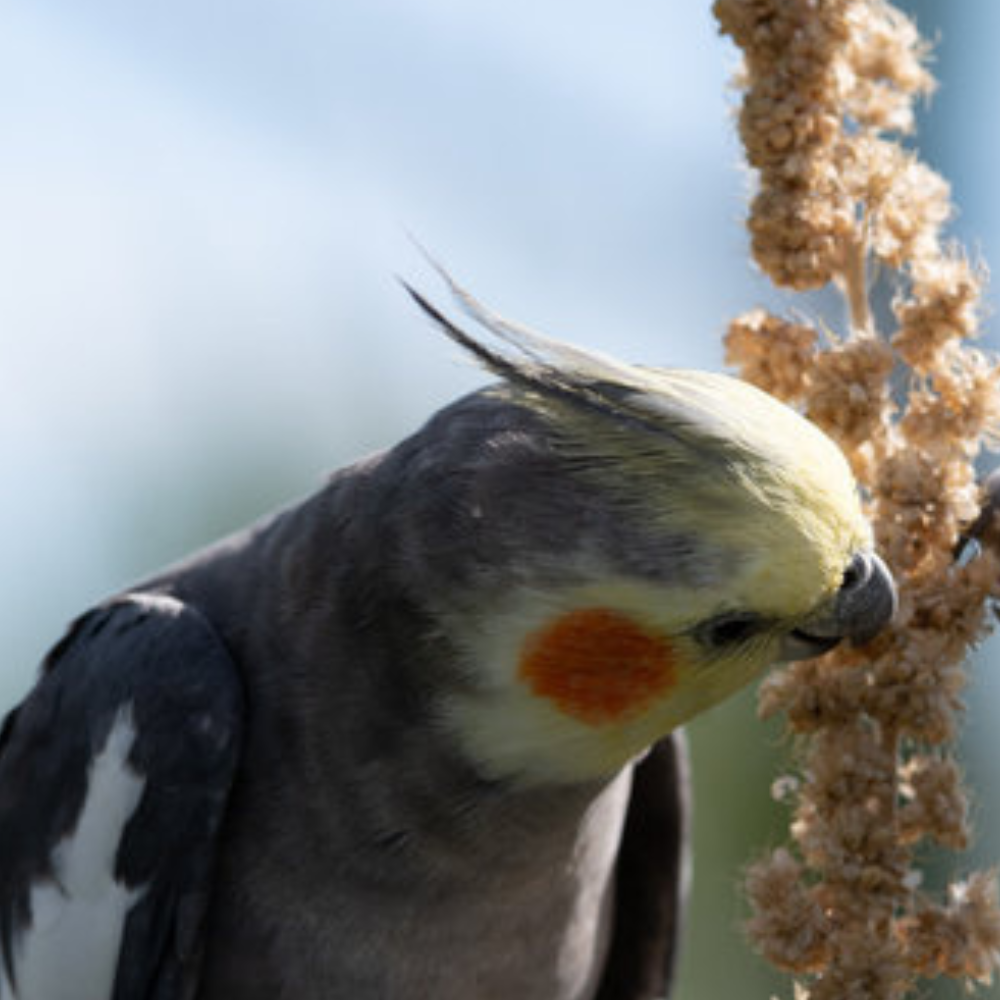
Diet is another critical aspect of a positive training environment. A balanced diet for a lutino cockatiel should include a mix of seeds, cockatiel pellets, and fresh foods like fruit and vegetables. A well-fed bird is a happy bird, and a happy bird is more receptive to training. Always ensure that fresh water is available and that the food and water dishes are cleaned regularly.
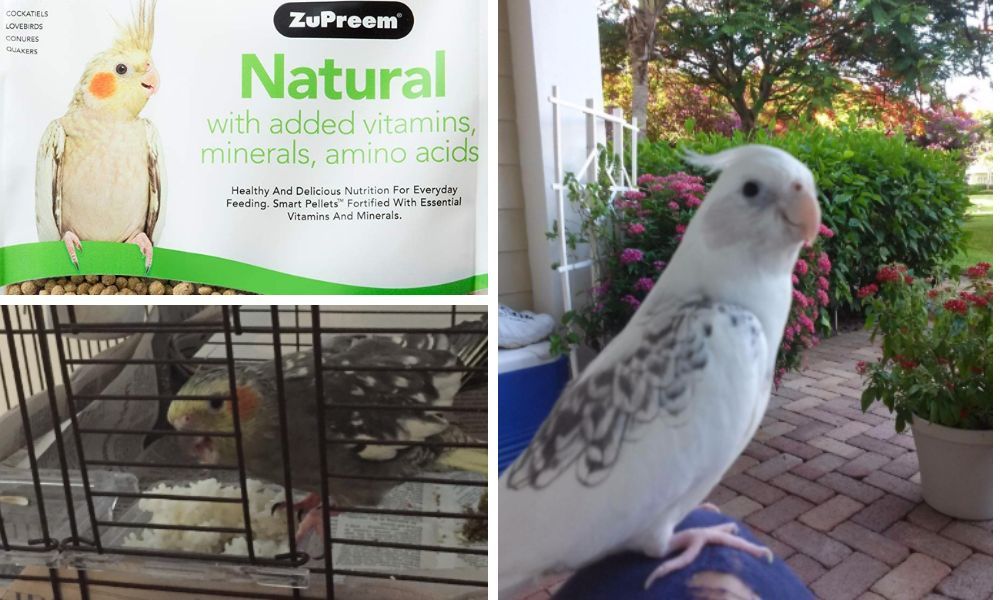
Recognizing Color Mutations in Lutino Cockatiels
Cockatiels are known for their vibrant color mutations, which can be a delightful discovery for a first-time bird owner. The Lutino breed, with its stunning yellow and white plumage and characteristic orange cheek patches, is a mutation that lacks the gray color found in the wild type. This mutation can be combined with others, such as pied, cinnamon, or pearl, to create a variety of patterns and shades. Understanding these color mutations can help owners appreciate the unique beauty of their feathered friends and can be a sign of the bird's lineage and overall health.
Cliff Barringer, a renowned aviculturist, has noted that certain mutations like the whiteface Lutino, where the orange cheek patch is absent, are considered rare and highly sought after. When observing your Lutino Cockatiel, look for the bright, lustrous coloration and the absence of dark feathers, which are indicative of the Lutino mutation. Females may also exhibit barring or spots on the underside of their tail feathers, which can help distinguish them from males. These visual cues are essential for breeders and enthusiasts who aim to understand and promote the health and diversity of the breed.
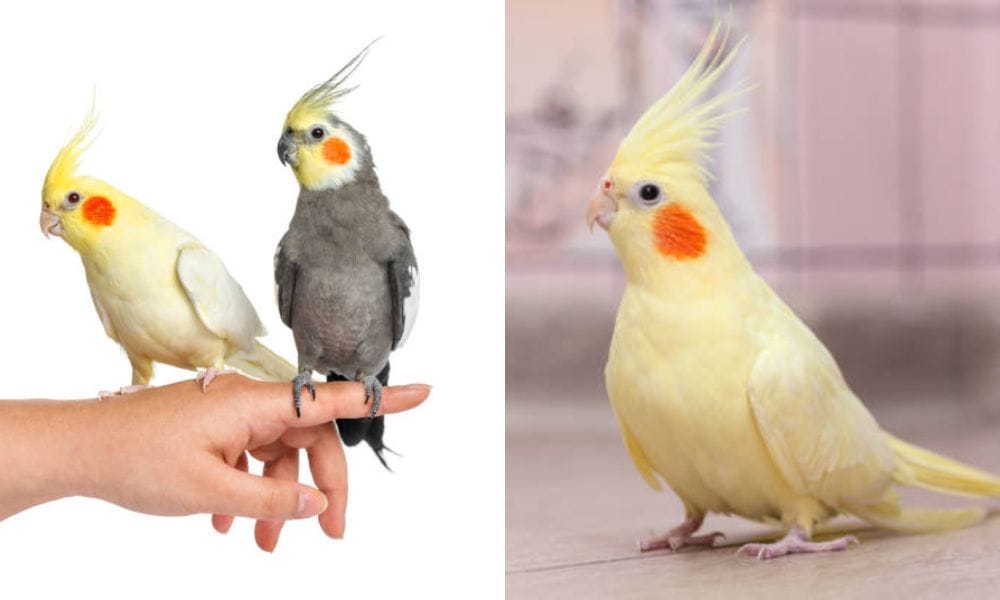
The Social Dynamics of Lutino Cockatiels
Lutino Cockatiels, like their wild counterparts, are social creatures that thrive in a family setting. They have a crest that they can raise or lower, which is a sign of their mood and intentions. A relaxed crest often indicates a content and calm bird, while a raised crest might signal excitement or curiosity. Observing these subtle body language cues can greatly aid in training and forming a bond with your bird. It's important for a first-time bird owner to recognize and respond to these signs to foster a trusting relationship.
Chirping and vocalization are also key aspects of a Lutino Cockatiel's social behavior. A happy cockatiel may sing, whistle, or mimic sounds, which can be a delightful way to interact with your pet. Males are typically more vocal and may be more inclined to engage in singing or mimicry. However, females can also be trained to whistle and can be just as interactive. By paying attention to these behaviors, owners can better understand their bird's needs and moods, making training sessions more effective and enjoyable for both the bird and the owner.
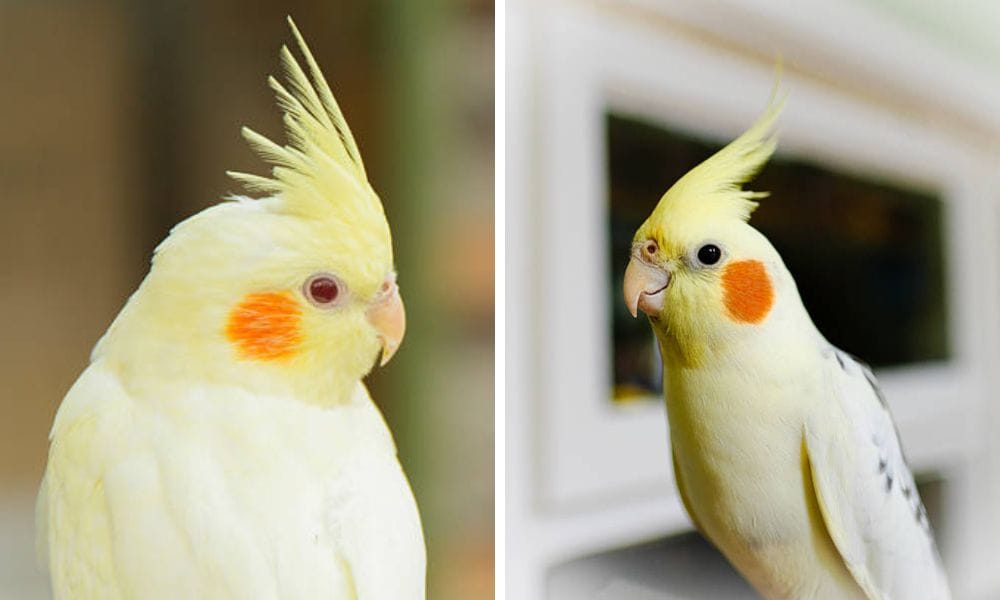
Training Basics
Consistency is key when training your juvenile lutino cockatiel. Establish a routine that includes dedicated training sessions each week. Start with simple commands and actions, such as stepping up onto your finger or a perch. Use positive reinforcement, such as praise or treats, to reward your bird for following commands. This not only encourages your cockatiel to repeat the behavior but also strengthens your bond.
It's also important to be patient and to watch for signs of stress or fatigue. If your cockatiel is showing signs of disinterest, it may be time to take a break and try again later. Remember that smaller birds like cockatiels can be sensitive, and heavy-handed training methods can be counterproductive. Gentle encouragement and a soft voice will yield better results than force or frustration.
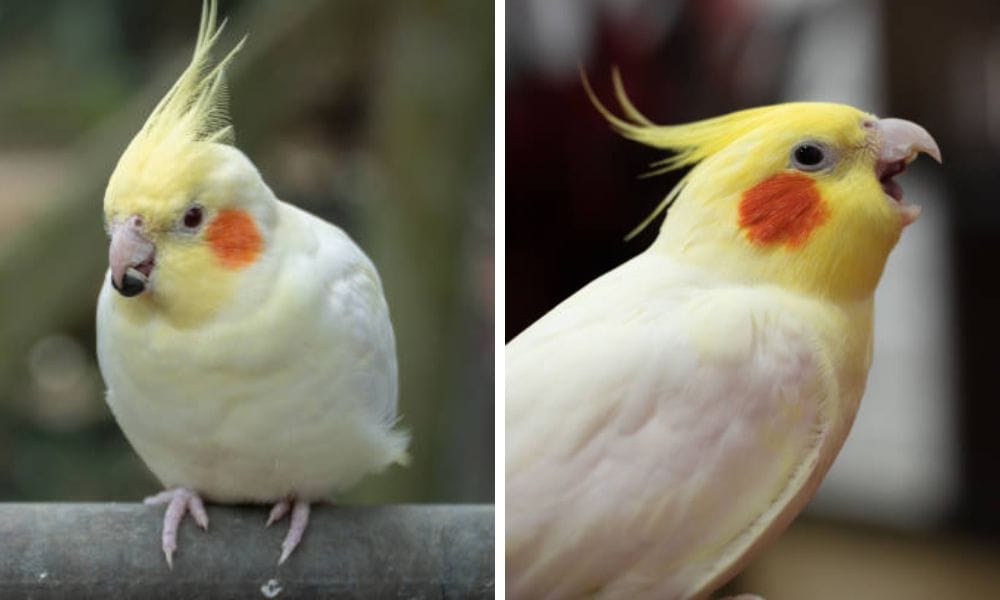
Advanced Training Techniques
Once your lutino cockatiel has mastered the basics, you can move on to more advanced training. This can include teaching your bird to perform tricks, mimic sounds, or even speak. Male lutino cockatiels are particularly adept at mimicking whistles and speech. Use short, clear words or phrases and repeat them regularly during your training sessions. Always reward your bird's attempts to mimic, even if they're not perfect at first.
Training your cockatiel to fly to you on command is another advanced technique that can be both fun and practical. Start by training your bird to fly short distances, gradually increasing the distance as your cockatiel becomes more confident. Always ensure that the training area is safe and free from hazards, such as open windows or other pets.
Summary
Training your juvenile lutino cockatiel requires understanding, patience, and consistency. Recognize the unique characteristics of the lutino mutation and use them to your advantage in training. Create a stimulating environment with plenty of toys and a balanced diet to keep your cockatiel healthy and engaged. Start with basic commands and gradually introduce more complex tasks, always using positive reinforcement to encourage good behavior. With time and dedication, your lutino cockatiel will not only learn new skills but also form a stronger bond with you.
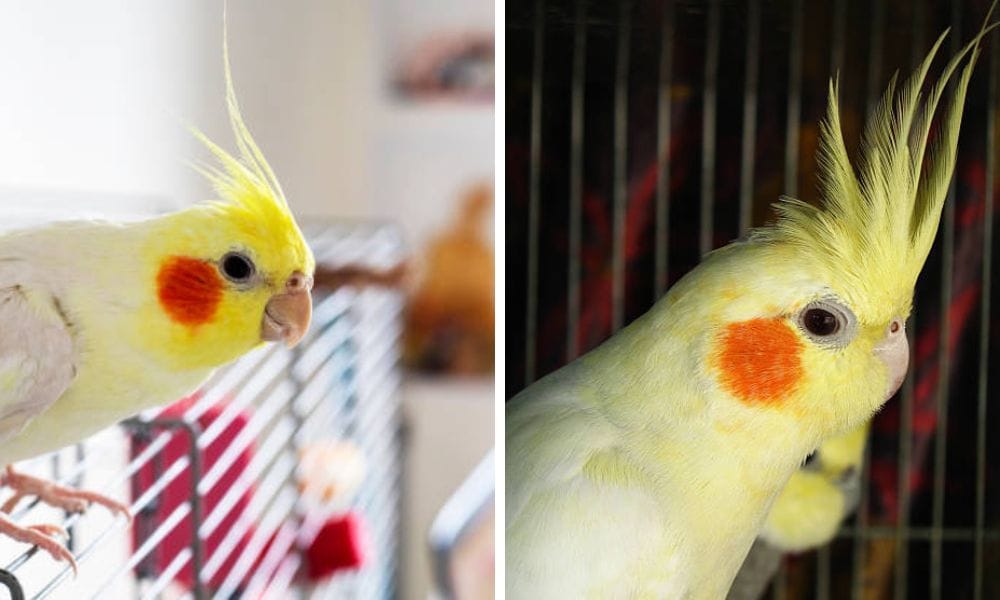
FAQ Section
Q: How can I tell if my lutino cockatiel is male or female? A: Male lutino cockatiels often have brighter yellow coloring and are more vocal, frequently whistling and attempting to talk. The difference can become more obvious as they mature. However, for a definitive answer, a DNA test or examination by an avian vet may be necessary.
Q: Is it necessary to have a nest box in my cockatiel's cage for training? A: A nest box is not required for training and is typically used for breeding purposes. For training, focus on providing a variety of perches and toys to encourage activity and mental stimulation.
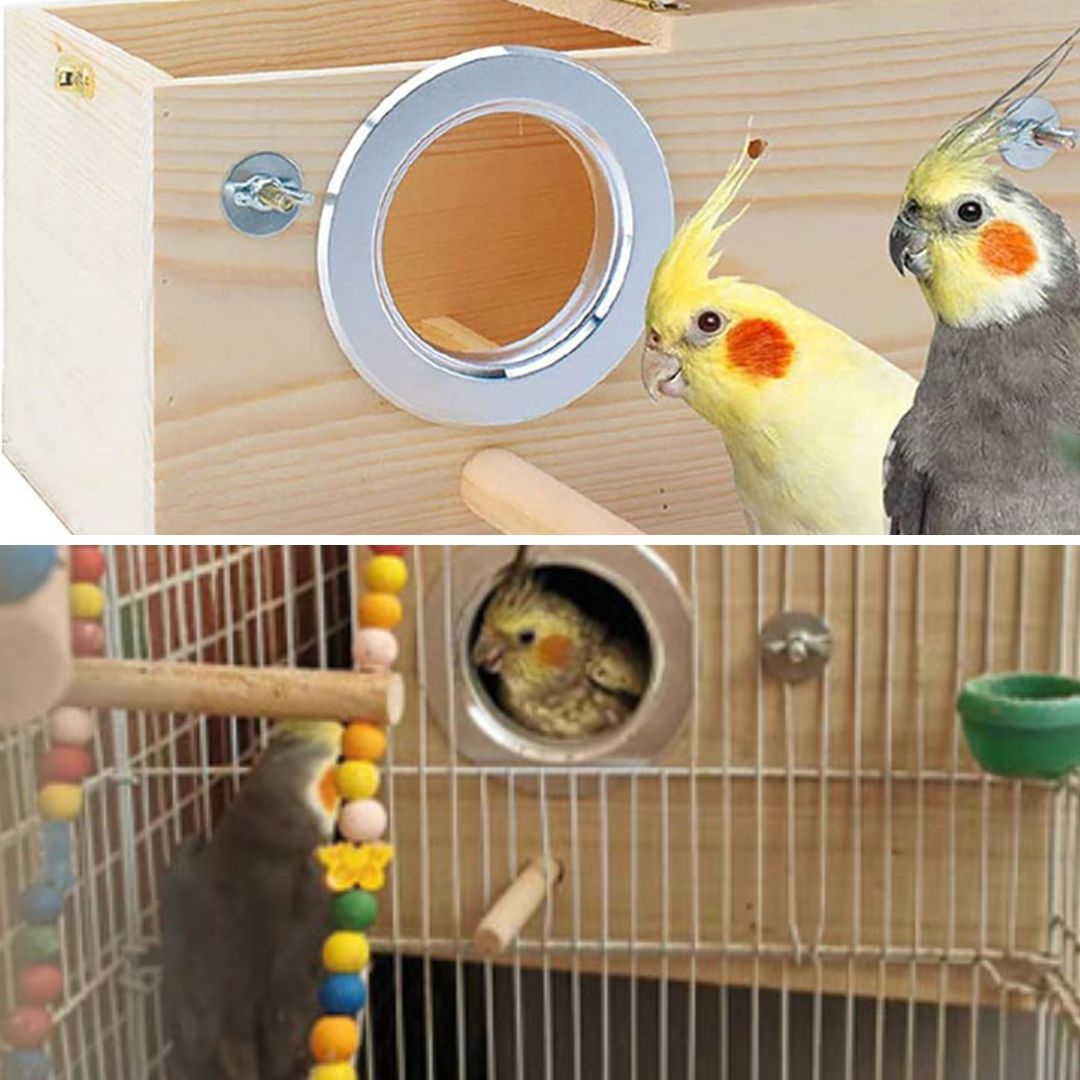
Q: Can lutino cockatiels live with other parrot species? A: While lutino cockatiels can be social with other birds, careful introductions and monitoring are essential to ensure compatibility. It's important to consider the size and temperament of both species, as larger or more aggressive birds can intimidate or harm smaller birds like cockatiels.

